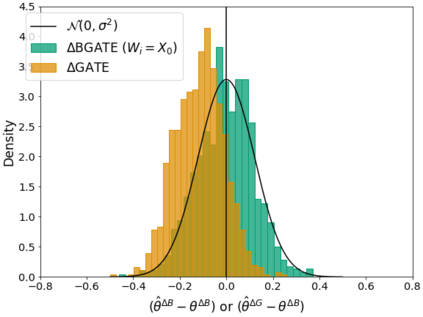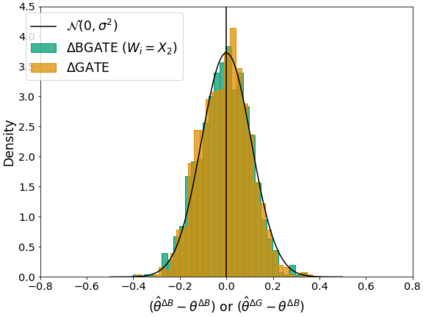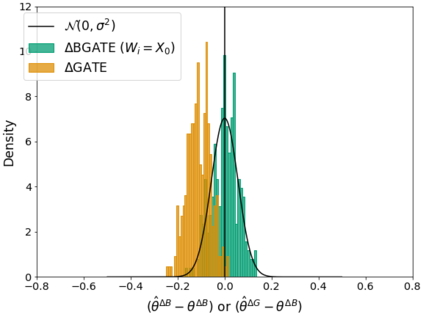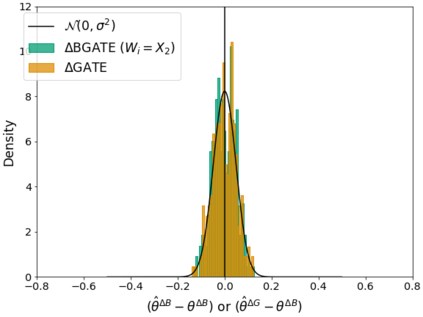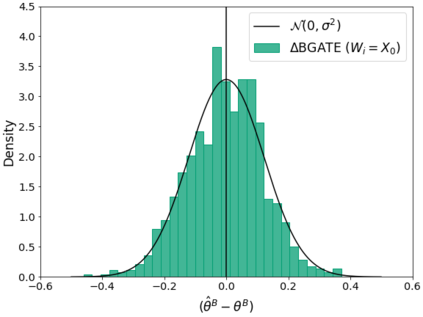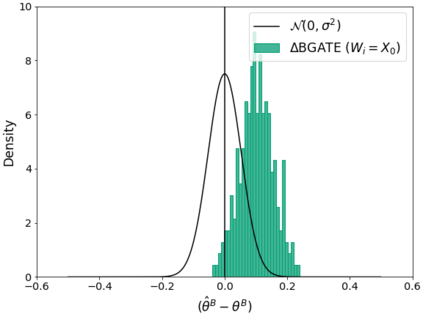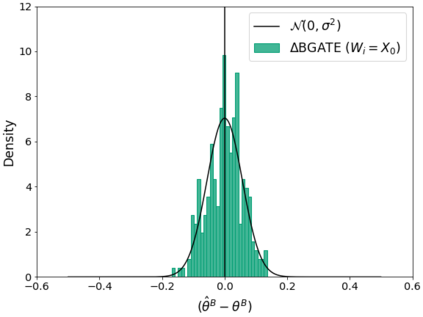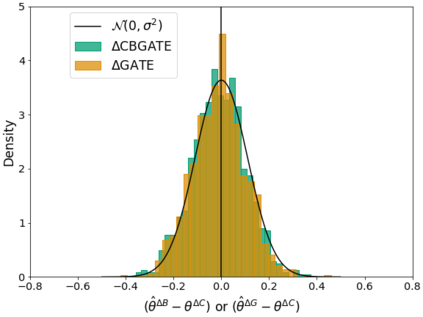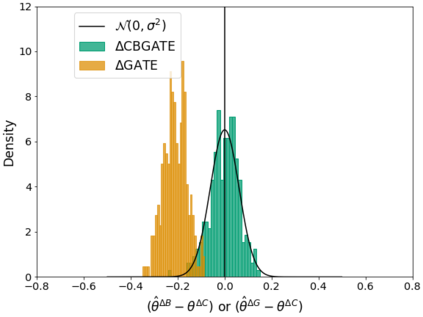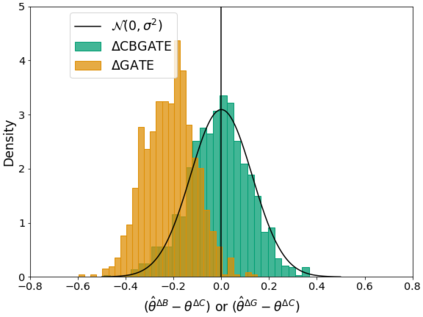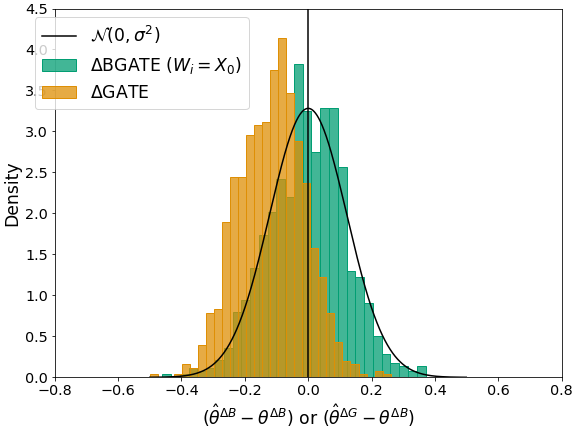It is valuable for any decision maker to know the impact of decisions (treatments) on average and for subgroups. The causal machine learning literature has recently provided tools for estimating group average treatment effects (GATE) to understand treatment heterogeneity better. This paper addresses the challenge of interpreting such differences in treatment effects between groups while accounting for variations in other covariates. We propose a new parameter, the balanced group average treatment effect (BGATE), which measures a GATE with a specific distribution of a priori-determined covariates. By taking the difference of two BGATEs, we can analyse heterogeneity more meaningfully than by comparing two GATEs. The estimation strategy for this parameter is based on double/debiased machine learning for discrete treatments in an unconfoundedness setting, and the estimator is shown to be $\sqrt{N}$-consistent and asymptotically normal under standard conditions. Adding additional identifying assumptions allows specific balanced differences in treatment effects between groups to be interpreted causally, leading to the causal balanced group average treatment effect. We explore the finite sample properties in a small-scale simulation study and demonstrate the usefulness of these parameters in an empirical example.
翻译:暂无翻译

